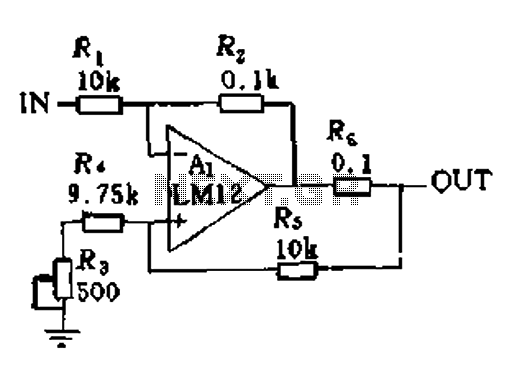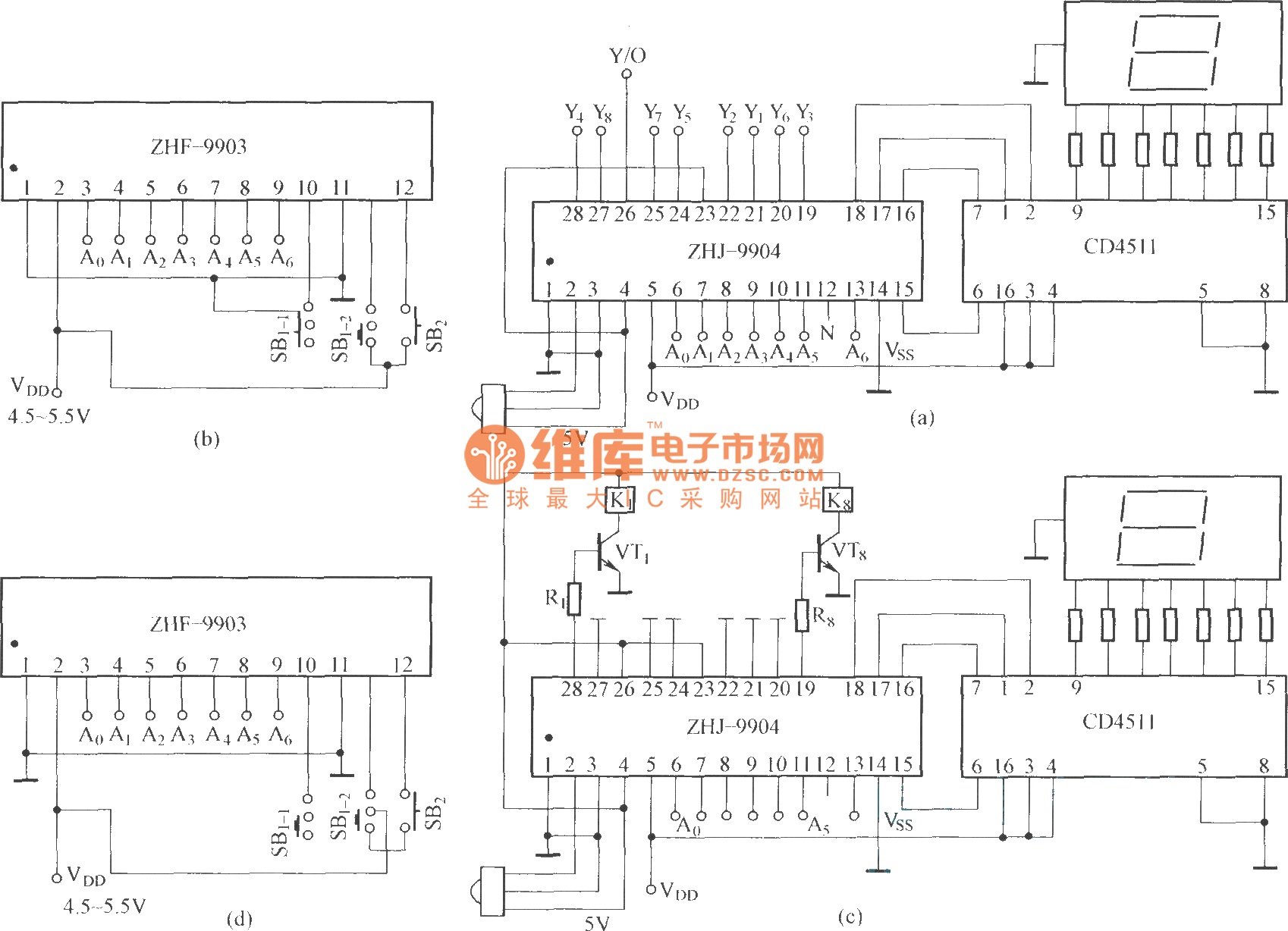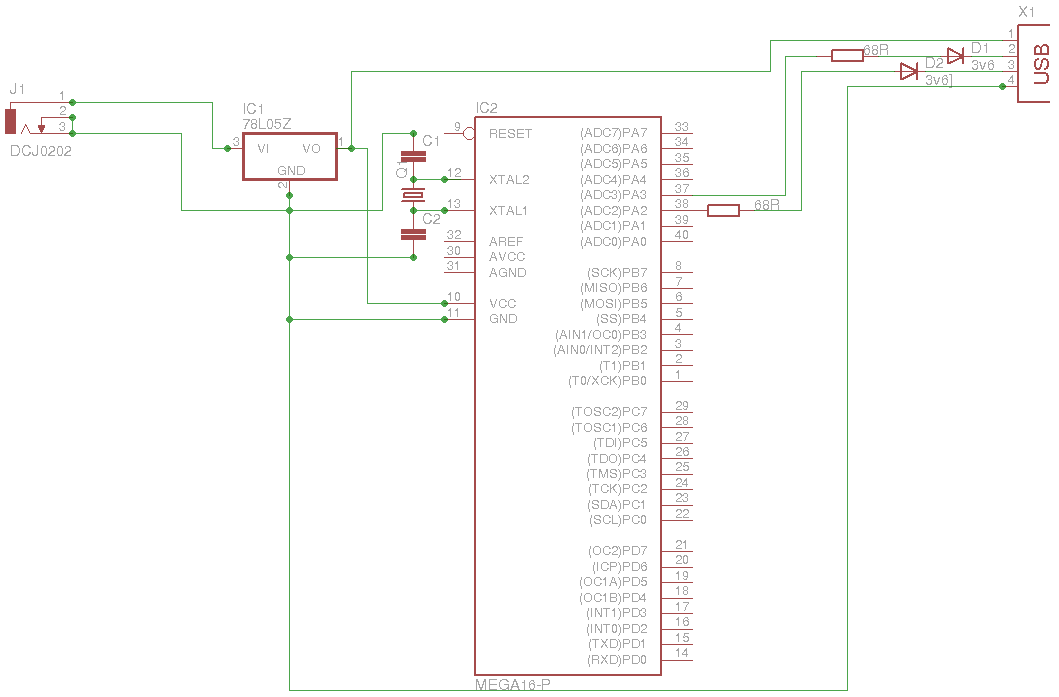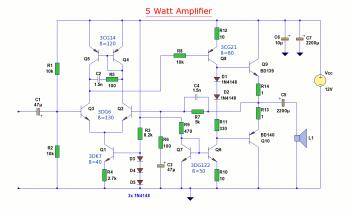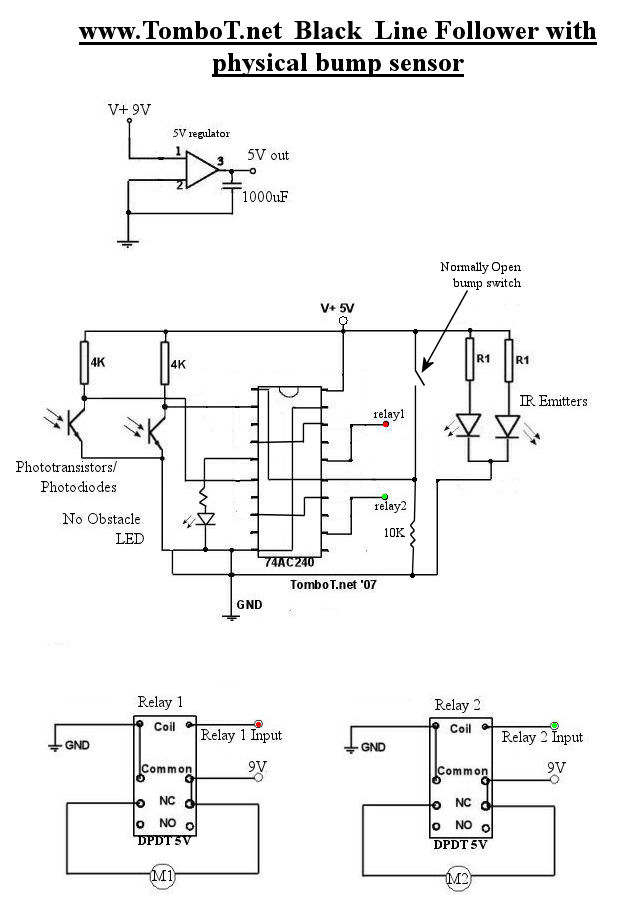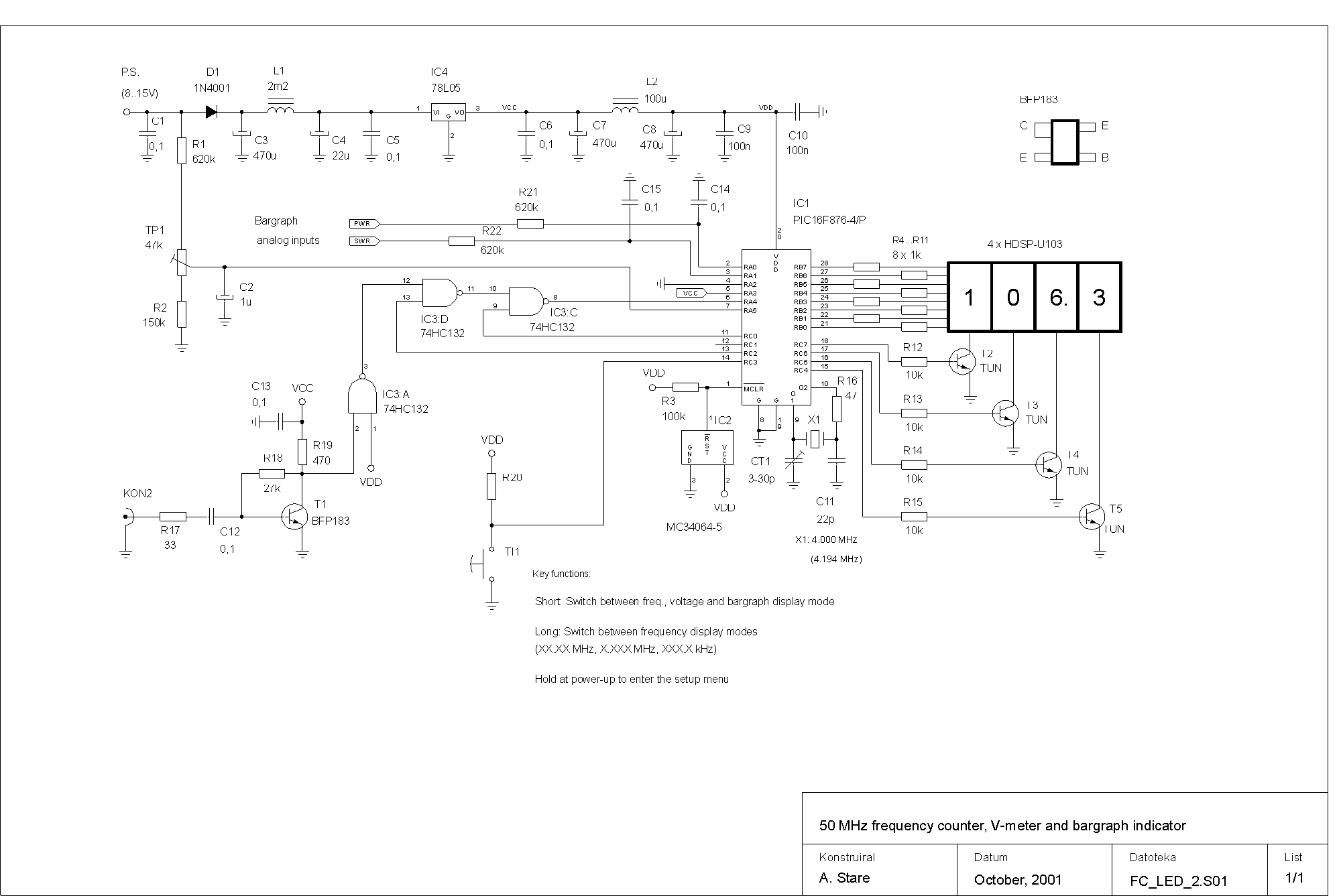
Alarm interface circuit
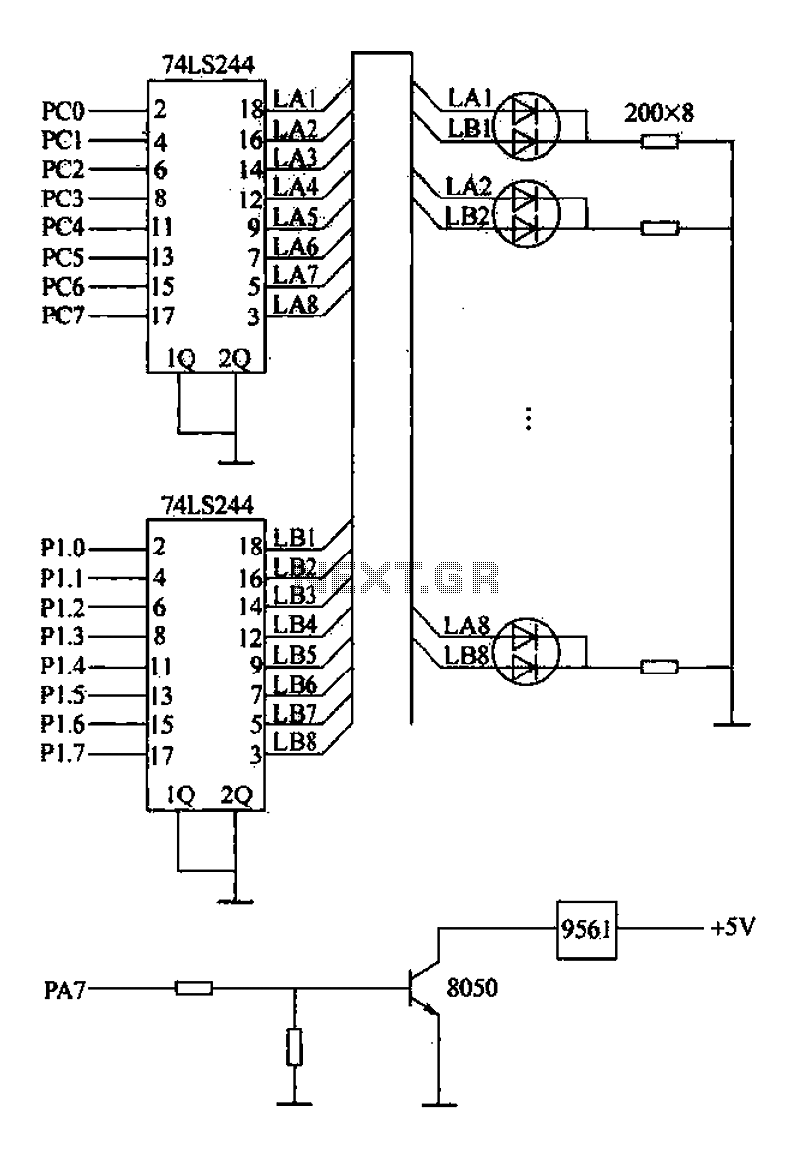
Alarm interface circuitry featuring a two-color light-emitting diode (LED) display. When LAi is at a high level and LBi is low, the green LED lights up; conversely, if LAi is low and LBi is high, the red LED lights up. If both signals are high, the display shows yellow. Each system LED corresponds to a furnace, with a green light indicating normal temperature, red indicating high temperature, and yellow indicating that the temperature has fallen below the upper limit. This allows the operator to monitor the operational status of each block annealing furnace through the color-coded LED display. The display colors are controlled by the C-8255A (PCO ~ PC7) and the 8031 microcontroller port (P17 ~ P10).
The alarm interface circuitry is designed to provide a visual indication of the operational status of multiple annealing furnaces. The two-color LED display serves as an effective means of communication, allowing operators to quickly assess the condition of each furnace. The green LED indicates that the furnace is operating within the normal temperature range, while the red LED signals that the temperature has exceeded the safe operating limit. The yellow LED serves as a warning that the temperature has fallen below the acceptable threshold, prompting the operator to take corrective action.
The control logic for the LED indicators is implemented using a combination of the C-8255A programmable peripheral interface and the 8031 microcontroller. The C-8255A, which provides multiple I/O ports, is configured to drive the LEDs based on the input signals LAi and LBi. The 8031 microcontroller is programmed to monitor these inputs and control the output to the LED display accordingly. This setup ensures that the display accurately reflects the status of each furnace in real-time, enhancing operational safety and efficiency.
In summary, the alarm interface circuitry effectively utilizes a two-color LED display to convey critical temperature information for multiple annealing furnaces, with control managed by dedicated microcontroller and peripheral interface components. This design promotes proactive monitoring and management of furnace operations, thereby reducing the risk of overheating and potential equipment failure.Alarm interface circuitry. As shown, the two-color light-emitting diode display. When LAi is high level t and LBi is low, the green light-emitting diode display; on the contrar y, LAi low + LBi is high, LED display red; if both are high, showing yellow. Each system LED indicates a furnace, the temperature is normal green, high in red was in yellow t fall below the upper limit value. Thus, the operator can at any time according to the color-color LED display, find out whether or not each block annealing furnace is working properly.
Display colors are controlled by the said C-8255A (PCO ~ PC7) and 8031 Pl port (P17 ~ P10) to complete.
The alarm interface circuitry is designed to provide a visual indication of the operational status of multiple annealing furnaces. The two-color LED display serves as an effective means of communication, allowing operators to quickly assess the condition of each furnace. The green LED indicates that the furnace is operating within the normal temperature range, while the red LED signals that the temperature has exceeded the safe operating limit. The yellow LED serves as a warning that the temperature has fallen below the acceptable threshold, prompting the operator to take corrective action.
The control logic for the LED indicators is implemented using a combination of the C-8255A programmable peripheral interface and the 8031 microcontroller. The C-8255A, which provides multiple I/O ports, is configured to drive the LEDs based on the input signals LAi and LBi. The 8031 microcontroller is programmed to monitor these inputs and control the output to the LED display accordingly. This setup ensures that the display accurately reflects the status of each furnace in real-time, enhancing operational safety and efficiency.
In summary, the alarm interface circuitry effectively utilizes a two-color LED display to convey critical temperature information for multiple annealing furnaces, with control managed by dedicated microcontroller and peripheral interface components. This design promotes proactive monitoring and management of furnace operations, thereby reducing the risk of overheating and potential equipment failure.Alarm interface circuitry. As shown, the two-color light-emitting diode display. When LAi is high level t and LBi is low, the green light-emitting diode display; on the contrar y, LAi low + LBi is high, LED display red; if both are high, showing yellow. Each system LED indicates a furnace, the temperature is normal green, high in red was in yellow t fall below the upper limit value. Thus, the operator can at any time according to the color-color LED display, find out whether or not each block annealing furnace is working properly.
Display colors are controlled by the said C-8255A (PCO ~ PC7) and 8031 Pl port (P17 ~ P10) to complete.
